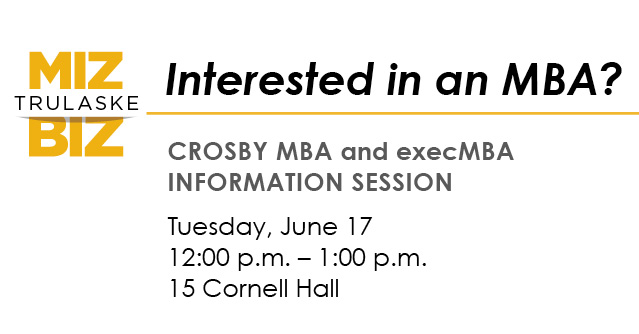
Courtesy of Cathy Davidson
Cathy Davidson likens the rise of the Internet to the invention of writing and, centuries later, mass printing. The Internet is a revolution in communication, and it’s not going away. So higher education instructors better get on board, whether they are fans of the Internet or not.
“Our 19-year-old students don’t care if life was better before the Internet,” Davidson said of the wistfulness of some instructors.
Davidson challenged MU instructors gathered in Jesse Hall Auditorium May 20 to rethink their teaching approaches. “Take inventory of your habits and drop those that don’t serve you,” said Davidson, an expert on the history and future of communication technologies.
Davidson, this year’s keynote speaker at MU’s Celebration of Teaching event, carved out a career as a teacher and lecturer on new ideas and methods for higher-education learning and workplace development.
From 1998 to 2006, Davidson was vice provost for interdisciplinary studies at Duke University. Until recently she was a professor of English and of interdisciplinary studies at Duke.
In July, she starts at the City University of New York as director of the Futures Initiative, a system-wide program to develop collaborative innovations in higher education. Her most recent book is Now You See It: How Technology and Brain Science Will Transform Schools and Business for the 21st Century (Viking, 2011).
During her lecture, Davidson was quite the provocateur. She called into question the standardized method of learning that she and most of the audience members mastered on their paper trail through undergraduate, graduate and doctoral studies.
Traditional education in America is based on theories and strategies developed between the 1860s and 1920s, she said. During this period, standardized testing was created that was easy to grade and administer to a large number of students.
Over the decades, some education experts have taken swings at standardized testing. The hardest hit piñata has been multiple choice, which, while time-efficient, can contain ambiguously phrased questions and limit students’ ability to show subject knowledge.
Multiple choice has been characterized as a measurer of “lower-order skills,” while problem-solving and “higher-order reasoning skills” are better measured in essays and papers, Davidson said.
Davidson didn’t advocate ending standardized testing, but she did encourage instructors to think about other ways of measuring student learning. She challenged instructors to “transform critical thinking into creative contribution” from students. “Encourage students to lead the way” in their education, she said.
Davidson received the most applause when she warned that emphasis on STEM (science, technology, engineering, math) was “taking creativity out of schools.”
This led to the issue of the Web.
Yes, the Internet can be abused. Studies show that the Internet can corrode attention span, reading comprehension and eat up hours in trivial Web surfing. Even though the Internet offers more information than ever before at people’s fingertips, teenagers and young adults still lack basic knowledge of history, geography and politics, to name a few. A 2010 poll found that only 12 percent of high school students have a basic understanding of American history.
But the Internet is not going away. So how do educators utilize it? Davidson asked the audience to think long and hard and creatively about harnessing digital media as a teaching tool, and to venture beyond their pre-conceived notions of instruction.
“Learn, unlearn and relearn,” Davidson said.
